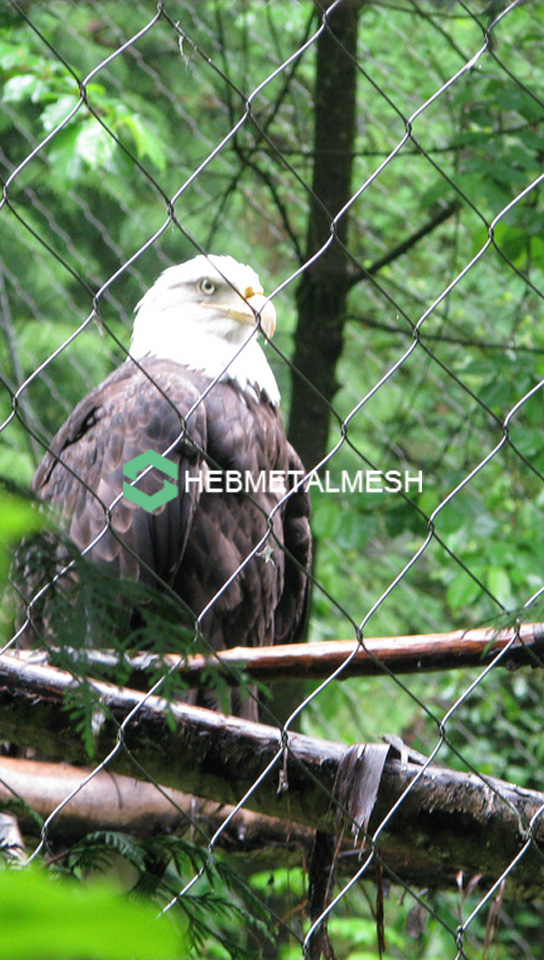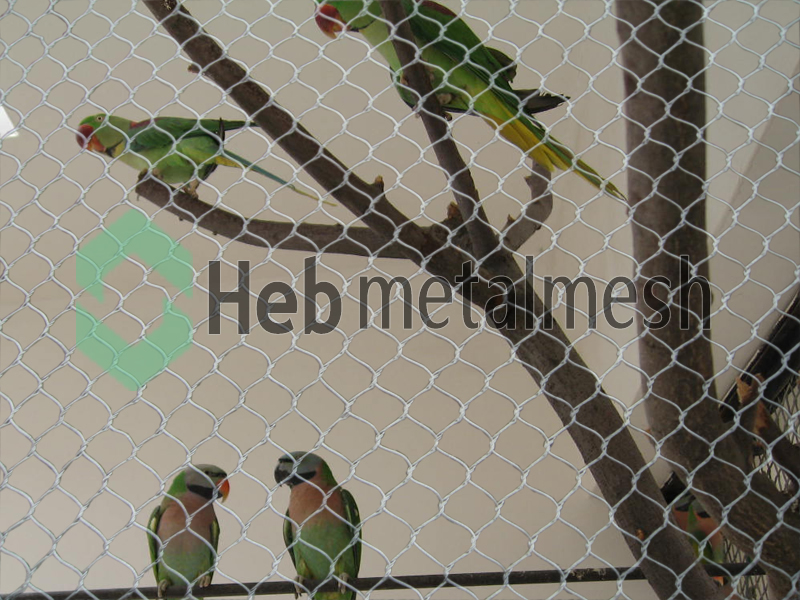Hawk netting is a popular method for bird control, especially for those dealing with pesky hawks. However, there are some common mistakes that people make when using hawk netting that can render it ineffective. In this article, we will discuss these mistakes and how to avoid them to ensure successful bird control.
Not Using the Right Type of Netting

One of the most common mistakes people make with hawk netting is not using the right type of netting. There are different types of netting available, and each one is designed for specific purposes. For example, some netting is designed to keep birds out of gardens, while others are meant to protect buildings or structures. When it comes to hawk netting, it is important to use a heavy-duty netting that is specifically designed to stop hawks. Using the wrong type of netting can result in the hawk easily breaking through and defeating the purpose of the netting.
Not Properly Securing the Netting
Another mistake people make is not properly securing the netting. Hawks are strong and powerful birds, and they can easily tear through poorly secured netting. It is important to make sure the netting is tightly secured to prevent any gaps or holes that the hawk can exploit. Additionally, make sure to regularly check and maintain the netting to ensure it remains secure and effective.
Not Covering All Potential Entry Points
Hawks are intelligent birds and will find any way to enter an area if they are determined enough. This is why it is crucial to cover all potential entry points with the netting. This includes not only the top of the area but also the sides and any gaps or openings that the hawk can squeeze through. Failure to cover all potential entry points will result in the hawk finding a way in and defeating the purpose of the netting.
Not Considering the Surrounding Environment

When installing hawk netting, it is important to consider the surrounding environment. This includes any nearby trees or structures that the hawk can use to perch and then swoop down into the area. Make sure to install the netting in a way that eliminates any potential perching spots for the hawk. Additionally, consider the wind patterns in the area and make sure the netting is installed in a way that will not be easily blown away or damaged.
Not Seeking Professional Help
Finally, one of the biggest mistakes people make with hawk netting is not seeking professional help. Bird control can be a complex and challenging task, and it is always best to consult with experts in the field. They can assess your specific situation and provide recommendations for the most effective use of hawk netting. They can also assist with installation and maintenance to ensure the netting remains effective in deterring hawks.
By avoiding these common mistakes, you can ensure that your hawk netting is effective in controlling these birds and protecting your property. Remember to use the right type of netting, properly secure it, cover all potential entry points, consider the surrounding environment, and seek professional help when needed. With these tips, you can successfully use hawk netting as a hawk stopper and maintain a bird-free environment.

